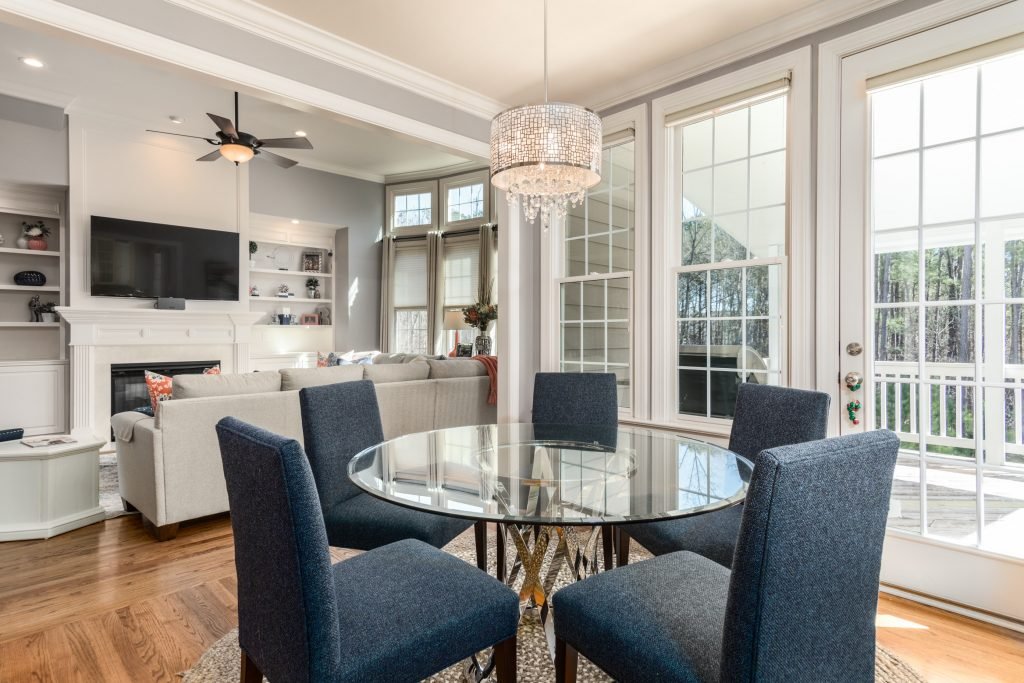Housing
Types of Homes
Homeownership is a big responsibility. For newcomers to Canada, there is some important information you need to know. Firstly, what kind of property you are planning to make your home? Canadian homes come in a variety of shapes, sizes and costs.
Condominium
Condominiums (also called “condos”) are a type of ownership rather than a type of home. Most commonly, condos exist in multi-unit buildings. These buildings might consist of only a handful of units or they could be high-rise towers. The idea is that you own the condo unit, but not the rest of the building or the land. You pay monthly fees to a condo corporation that handles maintenance and repairs as required. Condominiums are attractive to first-time homebuyers because they are usually one of the less expensive options.
Townhouse
A townhouse is a home attached side by side to a series of other homes. Each unit has its own outside entrance but shares a common wall.
Semi-detached
Semi-detached homes have separate land and separate entrances but share a common wall and sometimes common parking. Owners are responsible for their side of the property.
Single/Detached
A single/detached home is free-standing. You own the land and the home. Because you are responsible for all related costs yourself, it tends to be the most expensive type of housing. The benefit is that you have more space and more control.
Duplex/Triplex
A duplex/triplex looks like a single home but has been reconfigured into multiple units. One individual typically owns the property and the additional units are rented out.

Temporary Residences
Short-term fully-furnished rentals suites with kitchen, utensils, Wi-Fi, basic cable and local calls, are more economical than hotels for temporary residences of more than 30 days.
Legal Services
Find lawyers and legal services information our Legal and immigration page.
Mortgage
Step 1. Search and interview multiple real estate agents
You will be spending a lot of time with your real estate agent, so ensuring you feel comfortable with them will help make the process fun.
Step 2. Get pre-approved for a mortgage
Your real estate agent will be able to help you find a reputable Mortgage Broker or provide you advice on what to ask your bank to get pre-approved for a mortgage. A good idea to get pre-approved for a mortgage BEFORE you start looking at homes, to know how much you can afford.
Step 3. Sign a buyer’s agreement
A buyer’s agreement is a contract protecting you and your real estate agent during your home buying process. It is recommended that you sign a buyer’s agreement with your real estate agent after a few home showings.
Step 4. Put in an offer
When you find a home you love now is the time to put in an offer. Your agent will walk you through the legal contract and advise you of what you should or shouldn’t include to help your offer stand out.
